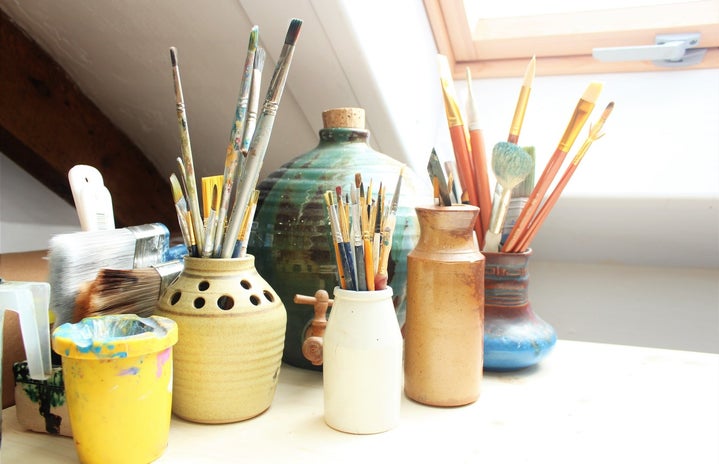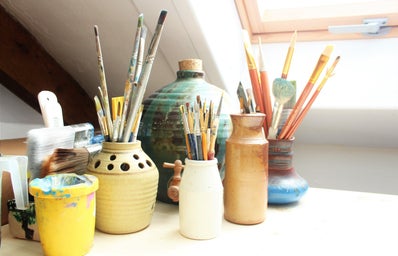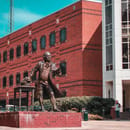Art is a powerful tool. It is used to incite emotion — both good and bad. The most powerful pieces move us; it may make us feel awed, inspired, shocked, moved, and sometimes maybe even all of the above. Art has been used for centuries to communicate and express but it also has been used to promote feminism.
Unsurprisingly, the art world was a male-dominated industry for years and women were typically ostracized and not given galleries and showings for their work. While they still produced work, it was not recognized by society but that changed in the late 1900s.
The feminist art movement was born as a means to express women’s experiences since it was typically ignored or minimized by men in society. It sought to connect art and the viewer by offering a woman’s perspective and encouraging dialogue. It began in the 1960s and the artists wanted to change everyday life around them and create pictures that spoke of a society that was not male-dominated. The result of this movement created spaces for women and gave representation to minorities and opened new pathways of exploration and expression.
The first feminist art program began in 1971 by Judy Chicago and Miriam Schapiro, the founders of Womanhouse, a project in Los Angeles that included installations from various female artists. Womanhouse ended up being the foundational model for the movement and a space for women creatives to collaborate.
From there, the movement continued and became multi-disciplinary. There was no one medium, style or artist to define this movement, it encompassed all forms of art including conceptual, video, performative, etc. However, the pieces still aimed to promote feminism through gender performance and bringing to light stereotypes, de-sexualizing women’s bodies, using art to display domesticity and its limitations and highlighting the unfair absence of equality in the art world.
Artists that belong to this movement include the Guerilla Girls, Jenny Holzer, Barabara Kruger, Yoko Ono, Frida Kahlo and several more. These women used their creativity to promote gender equality and awareness.
The feminist art movement continues to this day. Even in present-day, there are still several issues to promote such as the wage gap, gender inequality, hypersexualization and politicization of women’s bodies and more. While women have made tremendous progress since the beginning of the movement, the movement will still continue to fight for women through art.


